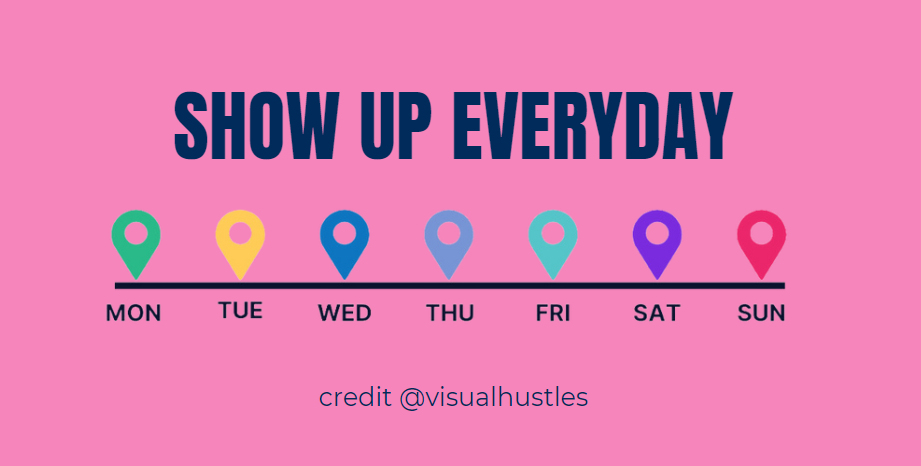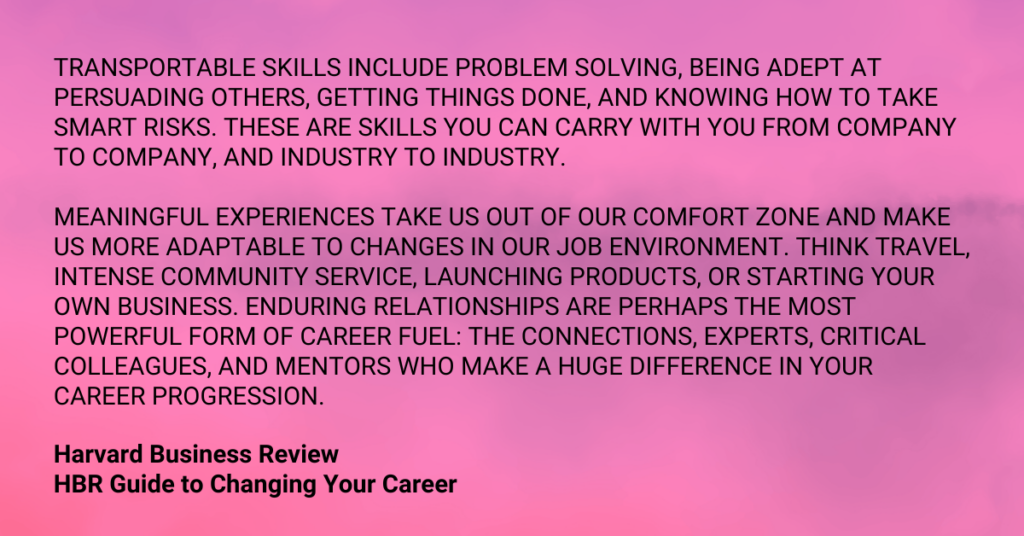September 4th, 2024

–
I received a question recently from a student who had just completed their Lead Auditor Integrated Management Systems qualification asking:
“Do you have any tips on how to start out consulting in the ISO field? I’m self-employed running my own construction business but looking to transition out of my 36 years of building over the next 12-18 months. Any advice would be greatly appreciated.”
My first response is WOW! With those 36 years of experience in construction, including running your own business, starting your own consultancy in the ISO industry is a great decision.
In short, my response included 5 steps to get started which are:
- Update your LinkedIn Profile and resume (or any other platform you have).
- Contact your database and let them know what you are doing now.
- Start posting, commenting and contributing on relevant platforms to show your expertise in the field.
- Establish as a secondary activity.
- Stay consistent with all of the above.


In the book, HBR Guide to Changing Your Career, it is stated that people who are most successful in the long term are those who have an abundant supply of what is called “career fuel”: transportable skills, meaningful experiences, and enduring relationships.

The 5 Foundations of Career Advancement Model
Central to this model is the idea of being persistent and consistent. Persistence is about keeping up your efforts even when results aren’t immediate, while consistency refers to regular action over time. It’s about establishing routines and habits that contribute to your goals daily. These qualities are important because they show your commitment to change, help in building professional relationships, and often lead to compounding growth over time.

Update Profiles (LinkedIn, resume and other relevant platforms): In the digital age, your online presence is often the first impression you make. By keeping your LinkedIn profile and resume up to date, you ensure that prospective clients and employers see the most current and relevant information about your professional skills and experiences. It’s not just about adding new positions or responsibilities; it’s also about optimizing your profile with keywords related to your new career path and ensuring your personal brand reflects your professional offerings and goals.
Established Contacts: Your existing network is a gold mine when transitioning careers. These contacts already know your work ethic and strengths. Informing them of your new direction can lead to introductions, recommendations, and even new business opportunities. Personalized communication to this database can help you gain early momentum in your new venture.
Be visible: Visibility is key in establishing thought leadership. Regularly posting, commenting, and contributing to discussions on platforms relevant to your new field can demonstrate your expertise and commitment. Sharing insights or content, like industry articles or white papers, can also drive engagement and establish your voice in the new field.
Establish (as a secondary activity): This could mean starting your consultancy or new business/career as a side project while still involved in your primary career. It allows you to build a portfolio, gain new clients, and test the waters of your new field without the pressure of needing it to succeed immediately. This phased approach can be less risky and gives you the flexibility to adjust your strategy as you learn.
Persistent and consistent: Consistency is about maintaining your efforts across all these steps over time. It’s about continually updating your profiles, engaging with your network, staying visible in industry conversations, and nurturing your consultancy practice. Consistency helps in building a reliable personal brand and signals dedication to your new path.
Your Next Steps
- Take the Quiz: Engage with the 5 Foundations of Career Advancement Model Quiz to identify your current standing and areas that require your focus. This initial self-assessment is crucial for understanding your starting point.
- Set Specific Goals for Each Foundation: Based on your quiz results, set clear and achievable goals for the foundations where you scored lower. For instance, if ‘Be Visible’ was a lower score, commit to a specific number of posts or comments you’ll contribute weekly in industry-related online communities.
- Seek Feedback and Mentorship: Identify a mentor or a peer who can provide feedback on your efforts. They can help you refine your approach, give advice on industry norms, and provide encouragement.

View comments
+ Leave a comment